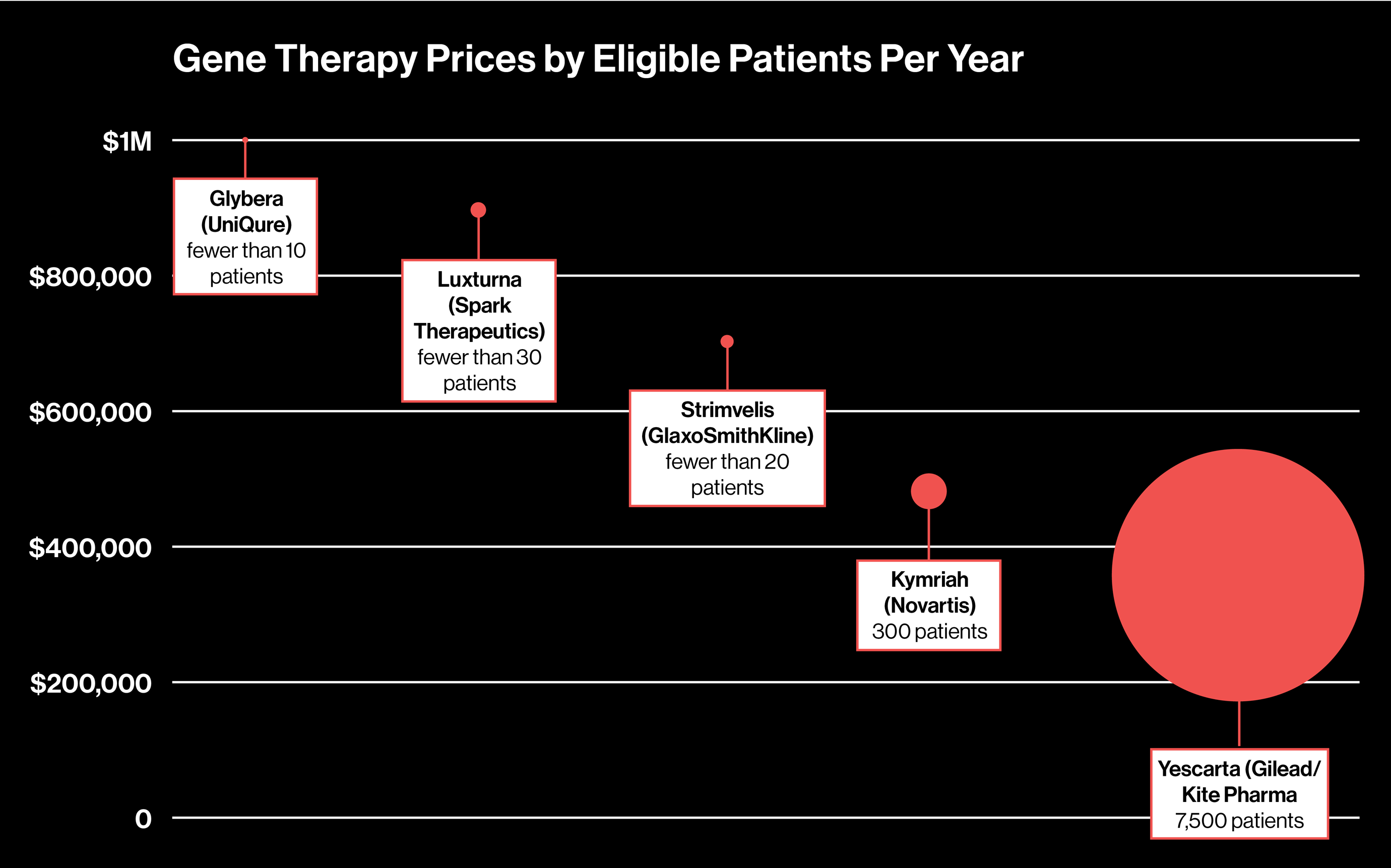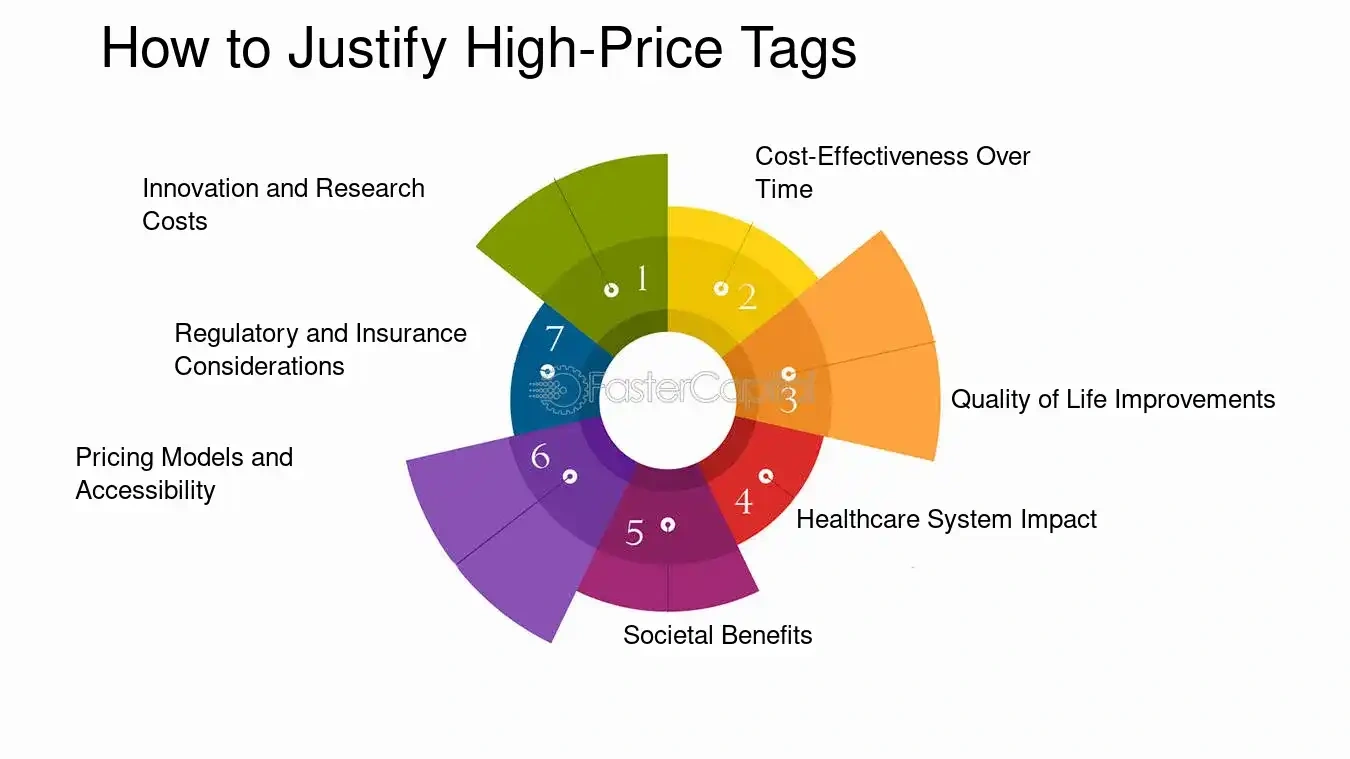
Why the Price Tag Shocks
At first, I thought gene therapy was just another fancy buzzword—a magical cure reserved for millionaires or headline-grabbing clinical trials. I’d read about people with hemophilia or sickle cell disease paying six or seven figures for a single treatment and honestly, my jaw dropped. Have you ever looked at the cost of gene therapy and wondered, “How is that even possible?” I sure did. But after talking to friends in the blood disorder community, and digging through some fascinating case studies, I realized there’s a whole messy world behind those numbers that nobody really explains. It’s not just about one big bill; it’s about how that bill fits into a lifetime of care, stress, and hope.
One-Time Fix or Lifelong Drop in the Bucket?
Let’s put it this way—imagine living with something like hemophilia A or beta thalassemia. Week after week, month after month… you’re lining up for treatment, maybe missing school, work, or precious family moments. The cost piles on. Not just financially, but emotionally, too. You start to wonder: “Isn’t there a better way?”
Gene therapy turns that question on its head. Instead of a dozen years of infusions—picture a one-time, potentially curative treatment. But then… BAM! The upfront price hits. We’re talking $2–3 million in one go for some therapies, like Hemgenix for hemophilia B or new options for sickle cell anemia according to an analysis of the most expensive gene therapies. At first, it sounds impossible. But compared to a lifetime spent chasing down clotting factors or running up $250,000 a year? Suddenly it’s not so crazy.
| Aspect | Traditional Care | Gene Therapy |
|---|---|---|
| Annual cost (estimate) | $250–$500k (hemophilia) | Upfront $2–3M |
| Total for 20 years | $5–10 million | $2–3M |
| Routine burden | Frequent infusions, doctor visits | One-time, ongoing monitoring |
That’s why so many people are starting to ask about Cost of gene therapy and what it means for real families. The sticker shock is real, but the long-term savings? Also very real, especially for rare blood diseases as reported by research on savings for gene therapies.
Let’s Talk Pricing Models
Here’s where it gets a little less… terrifying. The industry knows these treatments aren’t cheap. But most people don’t walk into the hospital with a suitcase full of cash (or Bitcoins… yet). That’s where gene therapy pricing models come into play. These are creative ways to make the impossible, possible—at least a little bit more manageable.
Think of it like paying for a house. You almost never shell out the full price in one day; you spread it out, or you tie payments to results. Healthcare’s finally catching up with this idea. So what options are on the table?
Outcomes-Based Agreements: Did It Work?
This might sound… a little too good to be true, but outcomes-based agreements are starting to take off. How does it work? Basically, the insurer, the hospital, or even the Medicaid office only pays the full amount if the therapy actually works for you.
Imagine you’re a teen with sickle cell. You get the gene therapy, and your pain crises drop by 90% after a year. Success! The makers get paid. But what if it doesn’t work as promised? There might be a partial refund or the remaining balance isn’t paid out. It’s like a “proof or pay” system, tying payment to real health milestones according to discussion of outcomes-based agreements. No magic—just accountability.
States like Arizona have tried this with Zolgensma, a pediatric gene therapy. They negotiated deals with manufacturers: if a certain child didn’t improve, the company paid some back based on white paper case examples. It’s not perfect—tracking each patient is tricky, especially if they change insurance plans—but it’s a start.
Have you ever wondered if your health insurance would cover a treatment only if it actually worked? It’s an empowering idea. More value, less risk… What do you think about this approach?
Spotlight: Early Real-World Example
Want a real-world anecdote? When Luxturna, a gene therapy for rare blindness, was approved, its company and some health plans inked deals that measured vision improvement after 30 days… and then again at 30 months. Payment was tied directly to those “win” moments according to outcomes contract case studies. I remember chatting with a dad who said, “I almost didn’t believe the hospital when they offered to fight for payment if my son didn’t get better.” Messy, but hopeful.
Amortization: Spread the Love (and the Bill)
Outcomes-based models aside, another popular method is amortization (no, it’s not a dental term). This just means dividing the massive price into yearly chunks—kind of like an installment plan for your health.
Say your gene therapy costs $2.1 million. Under amortization, you might pay (well, your insurer pays) $400,000 a year for five years. If at any point the therapy stops working… payments can stop too. This way, the system doesn’t get stuck paying for a failed hope as explained in industry coverage. Doesn’t that already sound more manageable?
And if you’re on a hunt for something more budget-friendly, there are lists that help you weigh what is the cheapest gene therapy out there, and how payment models might unlock access.
Simple Discounts: Why Not Just Lower the Price?
It’s not as creative as other models, but sometimes insurers and pharma just negotiate for a straight-up discount. Sounds simple, right? It’s effective… sort of like when you haggle for a better phone plan. But here’s the catch: A discount helps the first year, but if the therapy doesn’t last, or if new risks pop up, it doesn’t offer much cushion. It’s a quick fix in a complex world—still, for many, every bit counts.
Who’s It Helping Most?
I’m thinking of my friend Lisa, whose son has beta thalassemia. Even with insurance, co-pays and travel made routine transfusions a nightmare. A discount on a one-time gene therapy could have hit “reset” for her family within a year or two. Savings sometimes show up in places we don’t expect.
The Secret Sauce: Value Appeals and Savings Potential
Gene therapy makers argue that their price tag reflects years of research and the potential to save millions in future care as explained in a recent financial impact review. This is where value-based pricing comes in. Studies for rare blood diseases show gene therapies might save up to $18 million over five years compared to endless infusions according to research on cost-savings potential.
Of course, those savings aren’t guaranteed for every patient. Life is messy, and sometimes gene therapies don’t perform as hoped… or side effects crop up, or people change jobs and insurance plans. That’s why so much of the new thinking around gene therapy pricing models is about finding fair ways to share risk, so nobody gets burned.
If you’re weighing whether to pursue this route, looking at the actual cost of gene therapy can help you plan and advocate for yourself. Never feel bad for asking the hard questions!
The Challenges Nobody Tells You About
Okay, let’s be honest. Gene therapy pricing is never just a “set it and forget it” equation. If you have hemophilia or sickle cell disease, your story might play out like this: You get the big treatment, but then have to prove it works for years—doctor check-ins, labs, insurance paperwork. Sometimes, whole states (like Medicaid programs) are footing the bill for thousands of patients, and they need creative ways to split the risk.
One headache? Tracking outcomes over time. With payments tied to patient improvement, insurers and health systems have to get really good at following up—sometimes for years. And what if you move or change your insurance? Messy doesn’t even begin to describe it.
Still, some bold states and insurers are stepping up. Texas, Arizona, even major hospital systems are piloting these arrangements…and learning hard lessons along the way according to CMS’s announcement on state agreements.
What About the Cheapest Gene Therapies?
Maybe you’re looking for something less expensive—understandable! A few companies are racing to develop lower-cost gene therapies, especially for larger markets like sickle cell disease. The what is the cheapest gene therapy guides out there can help you compare, because pricing swings wildly based on the disease, technology, and even local policies.
What’s Next for All of Us?
So, where does all this leave you—someone who just wants to get back to living, not crunching numbers or fighting insurance denials? Honestly… gene therapy pricing models are still evolving. Some may look great on paper and fumble in the wild; others need a bit of polish. But there’s hope.
Big names in the industry think we’ll see even smarter mixes of discounts, outcome deals, and payment plans over the next decade. Advocacy by real families—people like you—are already nudging insurers and policymakers. It’s slow, sure, but every small battle won (even after lots of paperwork) opens doors for others.
Oh, and don’t be shy about asking your health care team to explain these models. That’s what they’re there for. If you’re weighing your own path, check out the current cost of gene therapy or browse the listings for what is the cheapest gene therapy—sometimes a fresh lead changes everything.
Conclusion: Hope, with a Price Tag (but Maybe Less Than You Fear)
Here’s the honest truth… gene therapy is turning medicine—and a lot of patient lives—on its head. Yes, the price tag still haunts me. That first million-dollar bill is never going to feel “normal.” But the more I learn, the more I see real people finding new freedom—less time hooked up to IVs, more days at school, fewer hospital panics in the night. Gene therapy pricing models are messy, still evolving, and undeniably complicated… but they’re also full of hope.
If someone close to you faces a blood disorder, or if you’re navigating this maze yourself—don’t get discouraged. Ask about creative payment models. Demand clarity. Compare the honest numbers through resources like cost of gene therapy and what is the cheapest gene therapy. And if you ever find yourself feeling lost in paperwork or spreadsheets… remember, behind every price tag are people fighting for a better way. Sometimes, the cure isn’t just medical—it’s a new way to share risk, hope, and relief. You deserve that chance to dream a little bigger, and maybe—just maybe—save some money along the way.


















Leave a Reply
You must be logged in to post a comment.